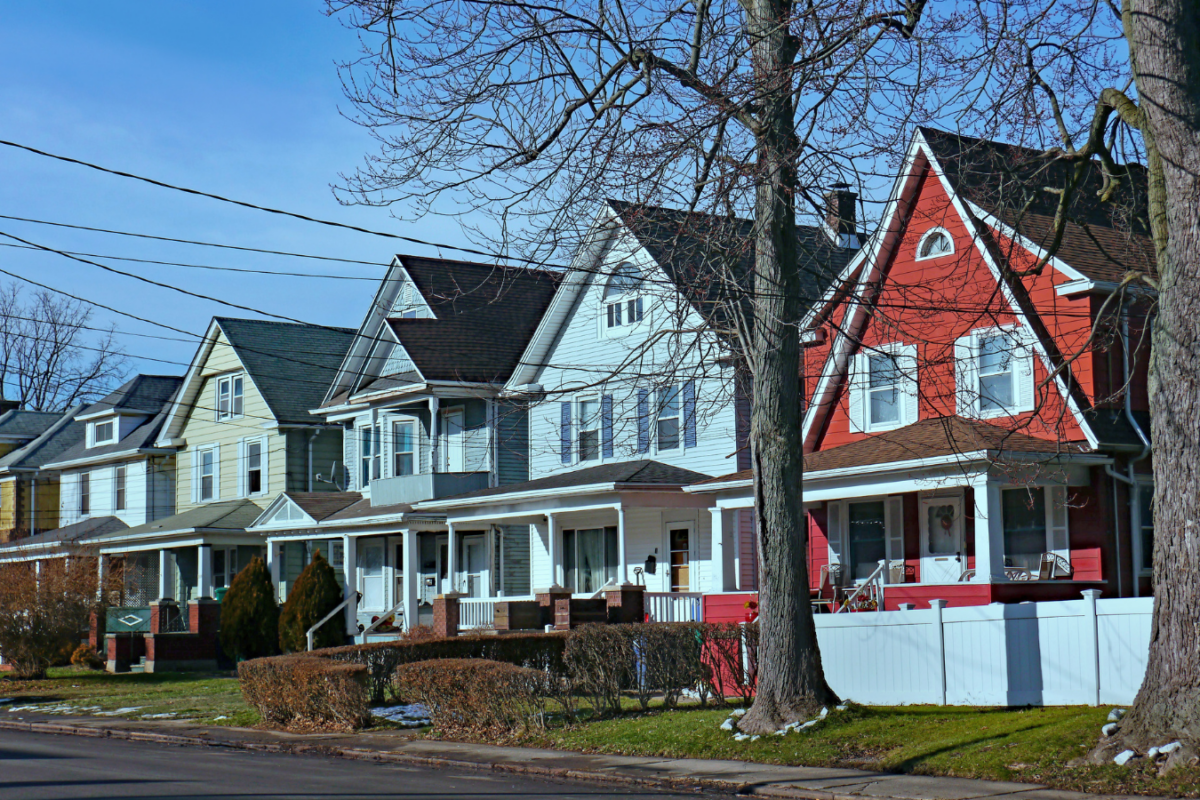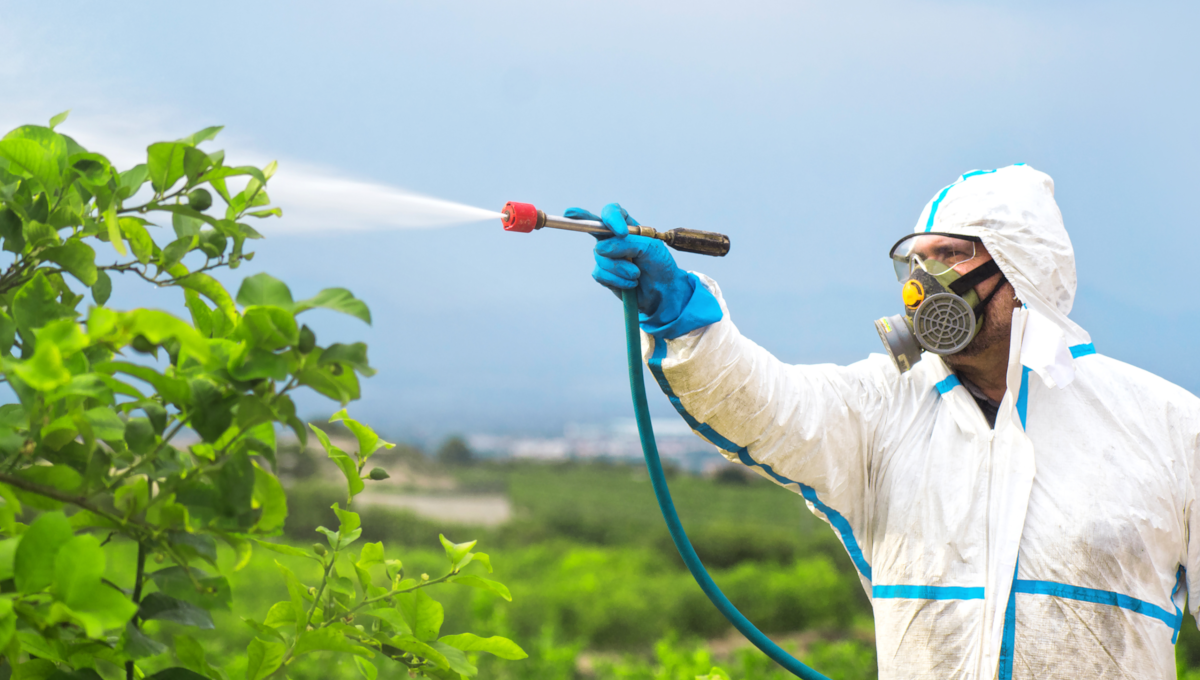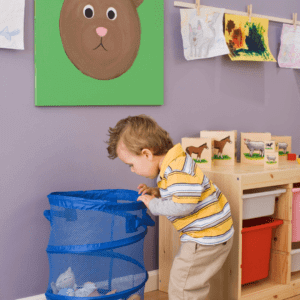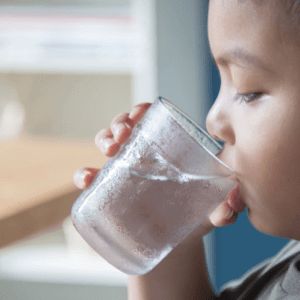Climate Change and Childhood Lead Poisoning
kristiet_a0o04rjz
on
July 13, 2021
Climate Change and Childhood Lead Poisoning
By Kathy Attar, Program Manager, Eco-Healthy Child Care®
Scientists agree that our climate is changing and that humans are responsible. Climate change is more than just higher temperatures. We already see the impacts of climate change, including severe storms, temperature extremes, and drought
But what does climate change have to do with childhood lead poisoning?
Studies show that children have higher blood lead levels when it’s summer and hotter. In warm weather, windows (often painted with lead-based paint) are opened and closed more, which leads to increased lead dust in the air and on the ground. Repainting and renovation activities also are more common in warmer months.
Climate change can make childhood lead poisoning worse, particularly in black, brown, and low-wealth communities; and, these communities are often already at greater risk of lead hazards. Climate change has an unequal impact on the aforementioned groups because it is a “threat multiplier.” It layers on top of existing public health, economic, and racial injustices in the U.S.
Black, brown, and low-wealth families are more likely to live in older, substandard housing–housing that is not maintained and has chipping, peeling, or cracking lead-based paint. More days of extreme heat increases the likelihood of lead dust accumulating inside homes and therefore heightens children’s exposures. These communities are also more often living in neighborhoods surrounded by polluting industries or busy roadways, leading to lead in soil contamination.
The need for urgent action on climate change is clear.
To combat climate change, we must provide resources to communities that need it most. That way, all neighborhoods, and communities can be healthy and safe places to live. To learn more about the health impacts of climate change, what organizations are doing, and how you can get involved, subscribe to the Children’s Environmental Health Network’s weekly e-digest.
For steps, you can take as a parent, child care provider, or home-owner to reduce children’s exposures to lead hazards, visit our FREE Lead-Safe Toolkit. The Toolkit offers a range of resources, including a poster and worksheets that provide easy-to-follow steps for finding out if lead hazards exist in your home or child care and what to do to reduce any exposures.
El cambio climático y el envenenamiento por plomo en la niñez
Los científicos están de acuerdo en que nuestro clima está cambiando y que los seres humanos somos responsables. El cambio climático es más que temperaturas más altas. Ya vemos los impactos del cambio climático, incluyendo tormentas severas, temperaturas extremas y sequías.
Pero, ¿qué tiene que ver el cambio climático con el envenenamiento infantil por plomo?
Los estudios muestran que los niños tienen niveles más altos de plomo en la sangre cuando es verano y hace más calor. En climas cálidos, las ventanas (a menudo pintadas con pintura a base de plomo) se abren y se cierran más, lo que conduce a un aumento de polvo con plomo en el aire y en el suelo. Las actividades de repintado y renovación también son más comunes en los meses más cálidos.
El cambio climático puede empeorar el envenenamiento por plomo en la niñez, particularmente en comunidades negras, marrones y de bajos recursos económicos; y estas comunidades a menudo ya corren un mayor riesgo de sufrir los peligros del plomo. El cambio climático tiene un impacto desigual en los grupos antes mencionados porque es un “multiplicador de amenazas”. Se superpone a las injusticias raciales, económicas y de salud pública existentes en los EE. UU.
Las familias negras, morenas y de bajos recursos tienen más probabilidades de vivir en viviendas más antiguas y deficientes: viviendas que no se mantienen y tienen astillas, peladuras o agrietamiento de pintura a base de plomo. Más días de calor extremo aumenta la probabilidad de que el polvo de plomo se acumule dentro de las casas y, por lo tanto, aumenta la exposición de los niños. Estas comunidades también viven con mayor frecuencia en vecindarios rodeados de industrias contaminantes o carreteras concurridas, lo que lleva a la contaminación del suelo con plomo.
La necesidad de una acción urgente sobre el cambio climático es clara.
Para combatir el cambio climático, debemos proporcionar recursos a las comunidades que más lo necesitan. De esa manera, todos los vecindarios y comunidades pueden ser lugares saludables y seguros para vivir. Para obtener más información sobre los impactos en la salud del cambio climático, qué están haciendo las organizaciones y cómo puede participar, suscríbase al e-digest semanal de Children’s Environmental Health Network.
Para conocer los pasos que puede tomar como padre, proveedor de cuidado infantil o propietario de una casa para reducir la exposición de los niños a los peligros del plomo, visite nuestro Kit de herramientas sin plomo GRATUITO. El kit de herramientas ofrece una variedad de recursos, que incluyen un póster y hojas de trabajo que brindan pasos fáciles de seguir para averiguar si existen peligros de plomo en su hogar o cuidado infantil y qué hacer para reducir cualquier exposición.













